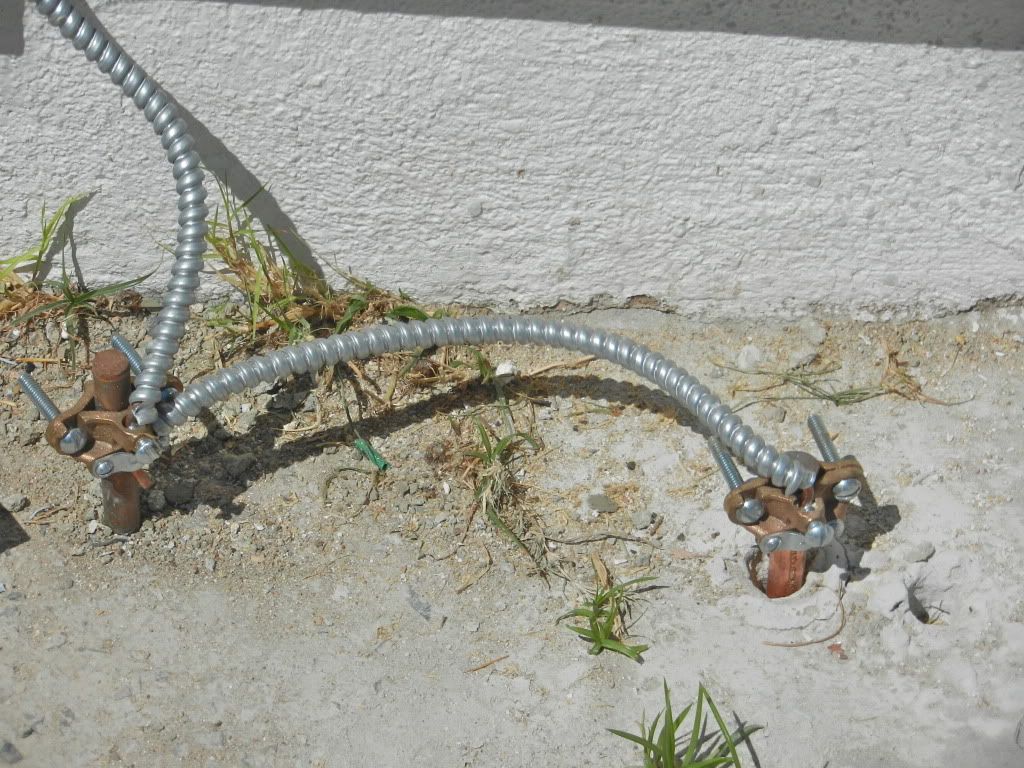ICE
Oh Well
How does your jurisdiction treat that code section? Do they require a second rod whenever a single rod is required?250.56 Resistance of Rod, Pipe, and Plate Electrodes. A single electrode consisting of a rod, pipe, or plate that does not have a resistance to ground of 25 ohms or less shall be
augmented by one additional electrode of any of the types specified by 250.52(A)(4) through (A)(8). Where multiple rod,
pipe, or plate electrodes are installed to meet the requirements of this section, they shall not be less than 1.8 m (6 ft) apart.
When I write the correction, I always spell out the word "feet" as in "a minimum 6 feet away from the first rod"
I still get these:

Last edited by a moderator:


